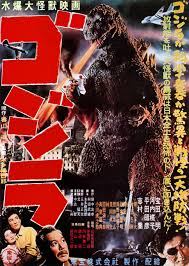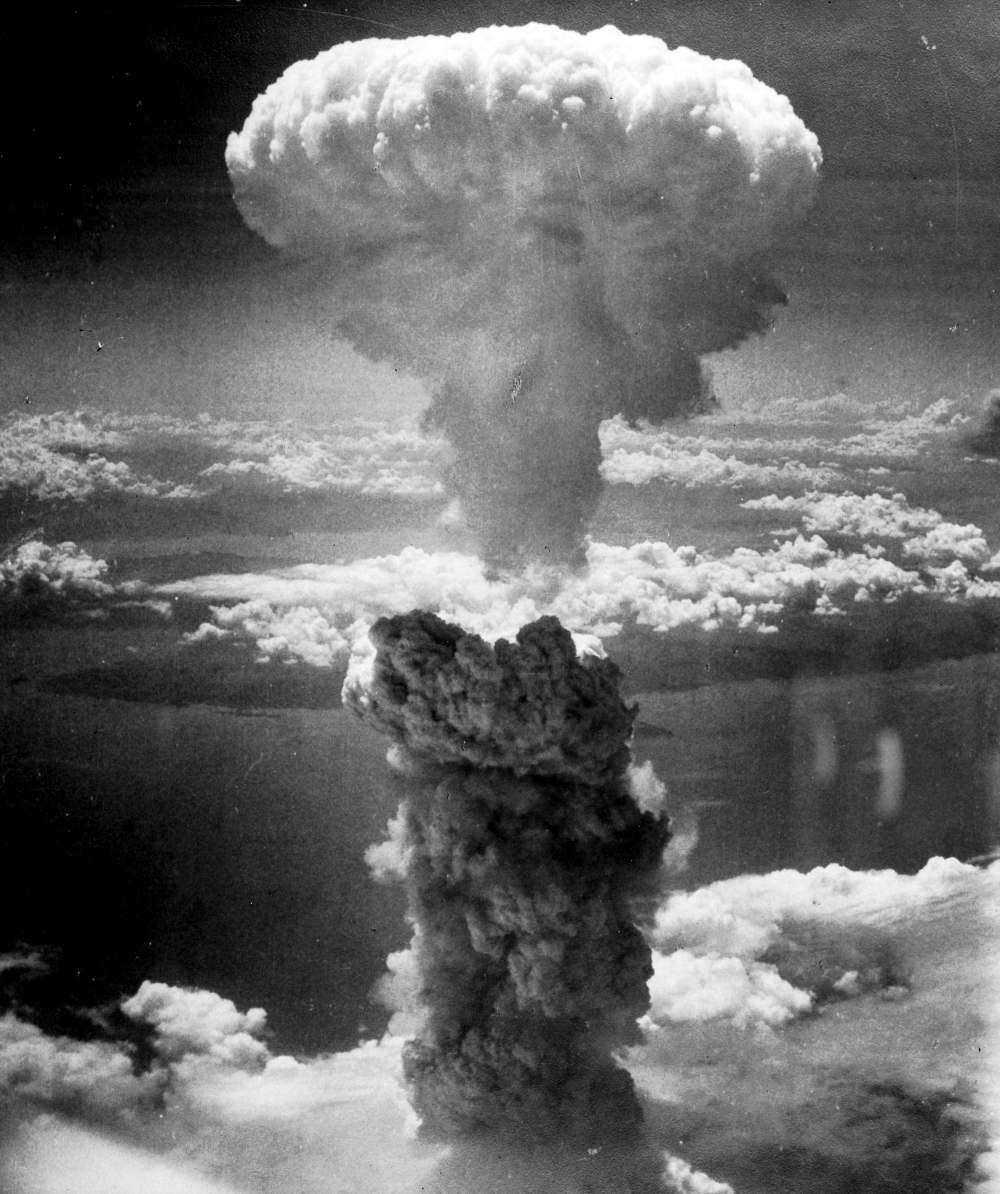In my final year of university I wrote an essay that examined the attitudes towards nuclear power exhibited in Japanese Popular Culture – especially in film and animation. It was fascinating to discover that both positive and negative portrayals of nuclear energy were present in some of Japan’s most famous stories in the last 60-70 years. On one hand, famous animated characters like Astro Boy and Doraemon are both heroic androids (or cat-droid in the latter’s case) powered by nuclear energy. On the other hand, the iconic monster Gojira (better known in the West as Godzilla) first wreaks havoc on an island near his habitat when he is disturbed from hibernation by nuclear weapons testing in the ocean. Likewise, cult anime hits Akira and Neon Genesis Evangelion feature cataclysmic nuclear events as part of their storyline.



The above examples show how complex Japan’s relationship with nuclear power is.
70 years on from the atomic bombing of Hiroshima and Nagasaki, Japan remains the only nation in the world to have a nuclear weapon used against its citizens in the course of warfare. The horrific deaths of over 100 000 people – the majority of whom were civilians – has made an undeniable impact on the national psyche and serves as a constant reminder of the destructive potential of nuclear energy.

In the 1970s manga and anime (Japanese comics and animation respectively) such as Barefoot Gen and Pika-Don looked back on the ghastly carnage of the atomic explosions and radioactive fall-out and told the painful, emotive story of the survivors (hibakusha in Japanese). While subsequent generations of Japanese are often ill-informed concerning Japan’s role as an aggressor in the war, the cataclysmic impact of the A-bombs has been transmitted to those who grew up in the post-war era.
But the nuclear spectre that hangs over Japan is not confined to the deep wounds of the past. The possession (or potential development) of nuclear weapons by Japan’s neighbours, China and North Korea, and Japan’s strained relationship with both countries poses a real risk to the Japanese people of being subject to nuclear aggression in the future. While currently it seems highly unlikely that China would make such a brash move with wide-ranging international consequences and North Korea may not actually possess such weaponry – it is easy to see how the geo-political situation in East Asia would cause a reasonable level of anxiety for the only nation in the world to have experienced a nuclear assault.
Nuclear Power
On a more positive level, Japan embraced the idea of utilising nuclear energy in the 1950s and developed a range of power plants throughout the 1970s and 1980s. There are currently over 40 nuclear reactors throughout Japan and they are capable of generating around a third of the nation’s power supply. Many Japanese corporations, politicians and scientists have heavily promoted nuclear energy as one of the nation’s most important initiatives for the future.
However, in the past 5 years, following the Fukushima Nuclear disaster, public opinion in Japan has largely turned against the proliferation of nuclear power plants and the country’s reactors remain offline in all but two locations. While the meltdown at the power plant did not cause any fatalities – it intensified the aftermath of the Tohoku Earthquake and Tsunami in the region and has prevented 174 000 people from returning to their homes, due to contamination fears.
The creation of “radioactive ghost towns” and widespread fears about food contamination has made Fukushima a troubling testament to the vulnerability of nuclear reactors to natural disasters and the potential for an even greater nuclear disaster to occur in the future. Thus, even though many Japanese adopted the positive use of nuclear power in spite of the scarring Hiroshima and Nagasaki incidents, a new kind of nuclear spectre has arisen out of the ruins of Fukushima.
The awesome power of nuclear energy was viewed by many Japanese as an incredible opportunity for powering economic growth and development well into the future. But the potential of nuclear power to be used intentionally for evil or unleashed upon people and the environment by accident makes it an understandable source of fear for many.
Only by knowing One who is more powerful than unpredictable forces of nature, unfriendly nuclear-armed nations and nuclear energy itself, can people haunted by the nuclear spectre have real security, peace and hope.
And when Jesus gave His life on the Cross, He endured one of the few things in human existence that could be legitimately described as more terrible than the horrors of nuclear power unleashed destructively: He faced God’s wrath against sin, as though He Himself was guilty of provoking it.
That puts Jesus in the unique position of being able to understand and comfort those who are haunted by the horrors of war and atomic devastation, while also offering them a way of escape on the Day of Judgement – when Hiroshima, Nagasaki and Fukushima will all pale in comparison.